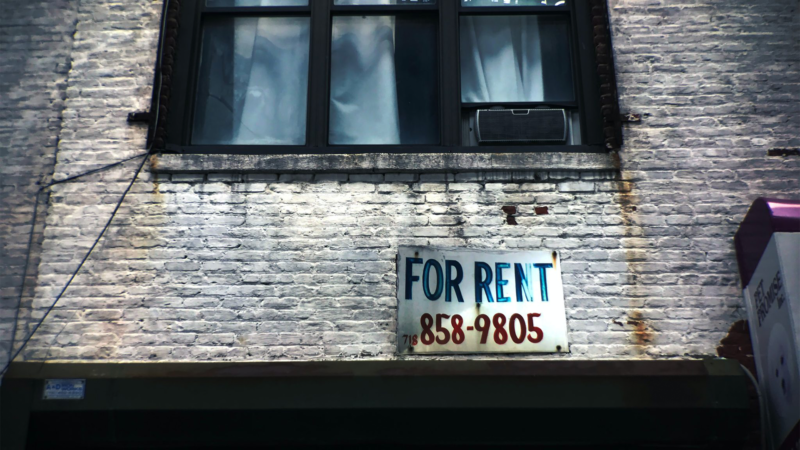The current real estate market has been a whirlwind for most, but it has become even more of a hassle for Black and Latinx families.
According to a recent report from Zillow, approximately nine out of ten renters paid a security deposit for rental units. Of that number, Black and Latinx renters paid a higher amount than white renters — $750 compared to $600. The findings further revealed that “Renters of color paid a security deposit more often (93%) than white renters (85%).”
Security deposits aren’t the only higher fees renters of color are forced to pay. Application fees are $50 on average, and applicants of color apply to more units than their white counterparts. Last year, the average white renter submitted two applications for rental units, while Black and Latinx renters submitted up to three applications before securing a home. Of those who reported, renters of color submit five or more applications in their search, which increases the total amount of application fees incurred during the process.
In addition to the burden of costs increasing with more rental applications submitted, Black and Latinx renters also pay more in assessed fees. The median rental application fee is $50. However, the typical Black renter paid $65, a typical Latinx renter paid $80, and a typical Asian American and Pacific Islander renter paid $100 in 2021.
The Bottom Line
Bloomberg reported that one of the reasons for the difference in fee amounts is the location in which the demographics are seeking homes. White renters typically seek out homes in more moderately priced rural and midwestern markets. A 2021 report from the National Bureau of Economic Research found that the above-mentioned areas were more “hostile” to Black renters seeking homes. Conversely, Latinx and Asian American renters more often seek out homes on the west coast, known for more expensive housing rates despite neighborhood location.
With over 50 percent of Black and Latinx households renting their homes, inequitable fee practices tend to spill over to overall rent prices. The National Coalition of Low-Income Housing discovered that renters of color are more likely to be considered low-income. With scarce housing options for market-rate units, the amount of housing for low-income residents is even rarer and the price for units is higher.

















